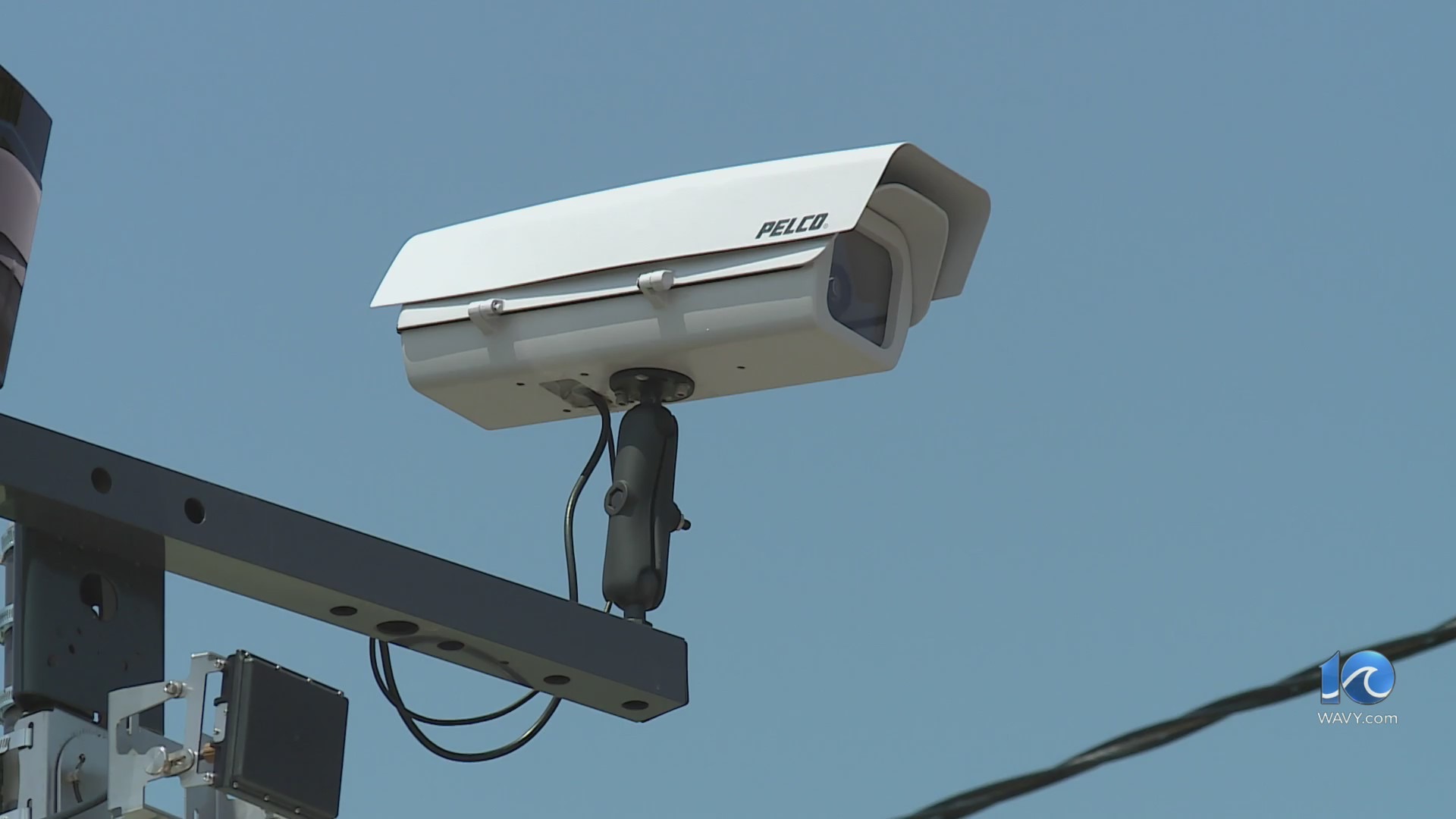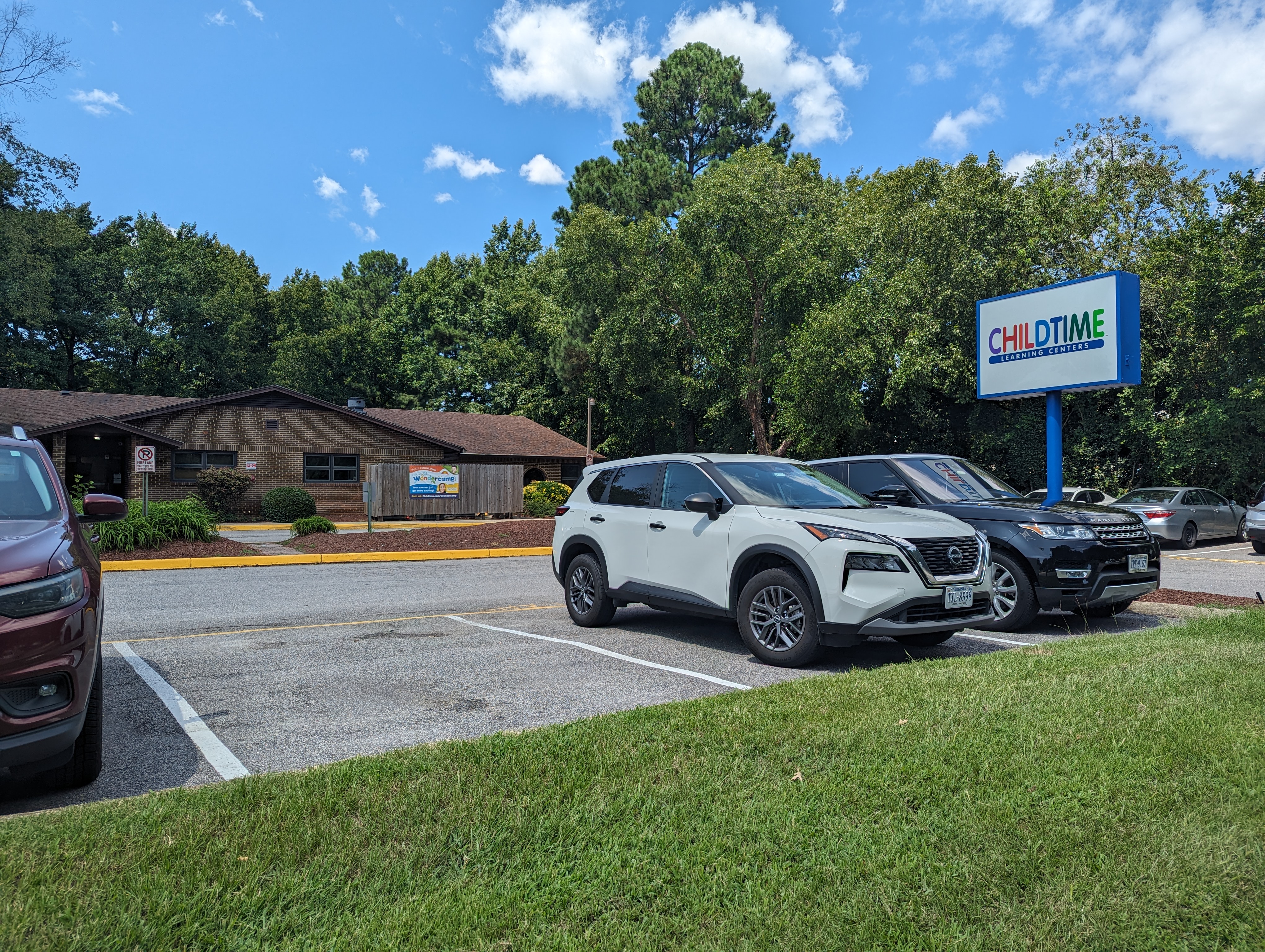KYIV, Ukraine (AP) — The decision by the United States to pause some weapons shipments to Ukraine has come at a tough time for Kyiv: Russia’s bigger army is making a concerted push on parts of the roughly 1,000-kilometer (620-mile) front line and is intensifying long-range drone and missile attacks that increasingly hammer civilians in Ukrainian cities.
Washington has been Ukraine’s biggest military backer since Russia launched a full-scale invasion of its neighbor on Feb. 24, 2022. But the Trump administration has been disengaging from the war, and no end to the fighting is in sight, despite recent direct peace talks.
Here’s a look at Ukraine’s options following the U.S. pause of some arms deliveries:
Specific weapons needed from U.S.
Amid recurring concerns in Kyiv about how much military support its allies can supply and how quickly, Ukraine has raced to build up its domestic defense industry.
The country’s output has gradually grown, especially in the production of more and increasingly sophisticated drones, but Ukraine needs to speedily scale up production.
Crucially, some high-tech U.S. weapons are irreplaceable. They include Patriot air defense missiles, which are needed to fend off Russia’s frequent ballistic missile attacks, but which cost $4 million each. That vital system is included in the pause, and many cities in Ukraine, including Kyiv, could become increasingly vulnerable.
A senior Ukrainian official said Thursday that Patriot systems are “critically necessary” for Ukraine, but U.S.-made HIMARS precision-guided missiles, also paused, are in less urgent need as other countries produce similar assets.
“Other countries that have these (Patriot) systems can only transfer them with U.S. approval. The real question now is how far the United States is willing to go in its reluctance to support Ukraine,” he told The Associated Press on condition of anonymity because of sensitivity of the subject.
The official said that Patriot missiles exist in sufficient numbers globally, and he said that accessing them requires political resolve.
“There are enough missiles out there,” he said, without providing evidence.
He also stated that Ukraine has already scaled up its domestic production of 155 mm artillery shells, which were once critically short, and is now capable of producing more than is currently contracted. “Supplies from abroad have also become more available than before,” he said.
Backup plan
Amid at times fraught relations with U.S. President Donald Trump, Ukrainian President Volodymyr Zelenskyy has been enlisting greater European help for his country’s arms manufacturing plans.
European countries don’t have the production levels, military stockpiles or the technology to pick up all the slack left by the U.S. pause, but Zelenskyy is recruiting their help for ambitious joint investment projects.
Draft legislation to help Ukrainian defense manufacturers scale up and modernize production, including building new facilities at home and abroad, will be put to a vote in the Ukrainian parliament later this month, Defense Minister Rustem Umerov announced this week.
Zelenskyy said last month that major investments will go to the production of drones and artillery shells.
“The volume of support this year is the largest since the start of the full-scale war,” he said about commitments from foreign countries.
Under Trump, there have been no new announcements of U.S. military or weapons aid to Ukraine. Between March and April, the United States allocated no new help at all, according to Germany’s Kiel Institute, which tracks such support.
For the first time since June 2022, four months after Russia’s full-scale invasion, European countries have surpassed the U.S. in total military aid, totaling 72 billion euros ($85 billion) compared with 65 billion euros ($77 billion) from the U.S., the institute said last month.
Big battlefield problem
Without Patriot missiles, as well as the AIM-7 Sparrow air-to-air missile and shorter-range Stinger missiles that are also included in the pause, Ukrainian cities likely will take a bashing as more Russian missiles pierce air defenses.
On the front line, Ukrainian troops haven’t recently voiced complaints about ammunition shortages, as they have in the past. They have always said that during the war, they have never had as much ammunition to as their disposal as Russian forces.
The army faces a different problem: It’s desperately short-handed. It’s turning to drones to compensate for its manpower shortage, and analysts say the front isn’t about to collapse.
Asked about the timing of the U.S. pause, the Ukrainian official emphasized the need for stable, reliable supply lines.
“This is war — and in war, steady deliveries are always crucial,” he said.
___
Barry Hatton reported from Lisbon, Portugal.
___
Follow AP’s coverage of the war in Ukraine at https://apnews.com/hub/russia-ukraine






